


Let's face it: the European Space Agency's (ESA) Juice probe has been somewhat neglected since it took off from Kourou aboard the Ariane 5 space launch vehicle in April 2023. This marked the start of a long journey toward Jupiter, which it will reach in 2031, with the main objective of studying the habitability of three of the large Jovian moons: Ganymede, Callisto and Europa, each harboring an ocean beneath its icy crust. For the past 16 months, in the cold emptiness of space, Juice has been making a wide loop bringing it... back to us.
Indeed, despite all its power, the late Ariane 5 was unable to send the probe directly to Jupiter. To get it to the gas giant, ESA's navigators (known as "mission analysts") devised a complex trajectory, taking advantage of gravity assists – in other words, the deflection and acceleration provided by the mass of the planets as objects pass by.
So, a great game of cosmic billiards began with a flyby of the Moon on Monday, August 19, at 11:16 pm Paris time, during which Juice brushed past our satellite less than 800 kilometers from its surface. This had the effect of straightening out its path toward Earth, which it is due to fly by at an altitude of 6,800 kilometers on Tuesday, August 20, at 11:57 pm. A bit like a golf ball making a 90-degree turn, flirting with the edge of the hole but not falling in, the passage close to Earth will abruptly straighten the trajectory of the probe, sending it off for a rendezvous with Venus in 2025. This will be followed by two further gravity assists from Earth, in 2026 and 2029, when Juice will head for Jupiter.
 Avril 2024
Avril 2024
Juice leaves Earth
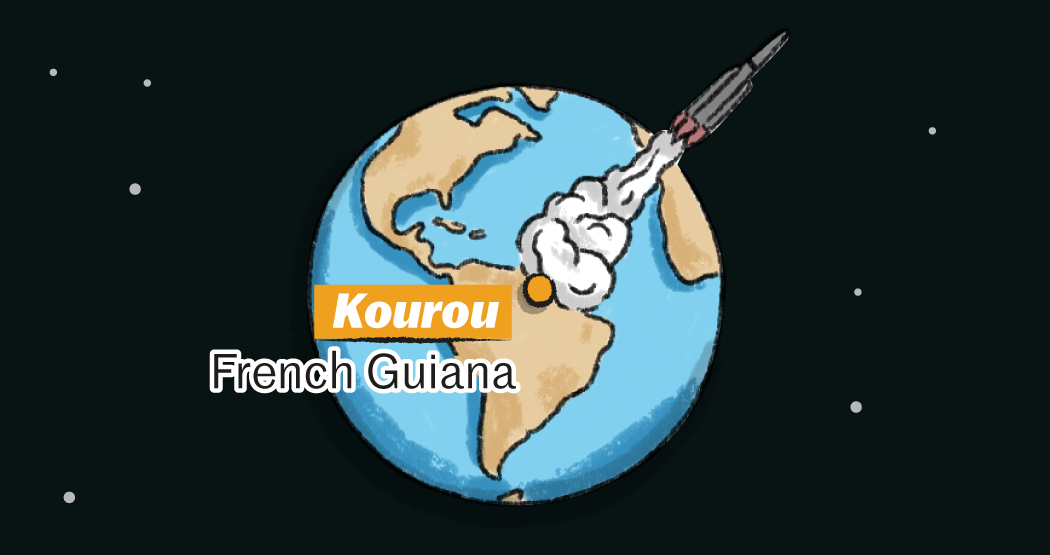
 August 19 and 20, 2024
August 19 and 20, 2024
Double flyby of Moon and Earth
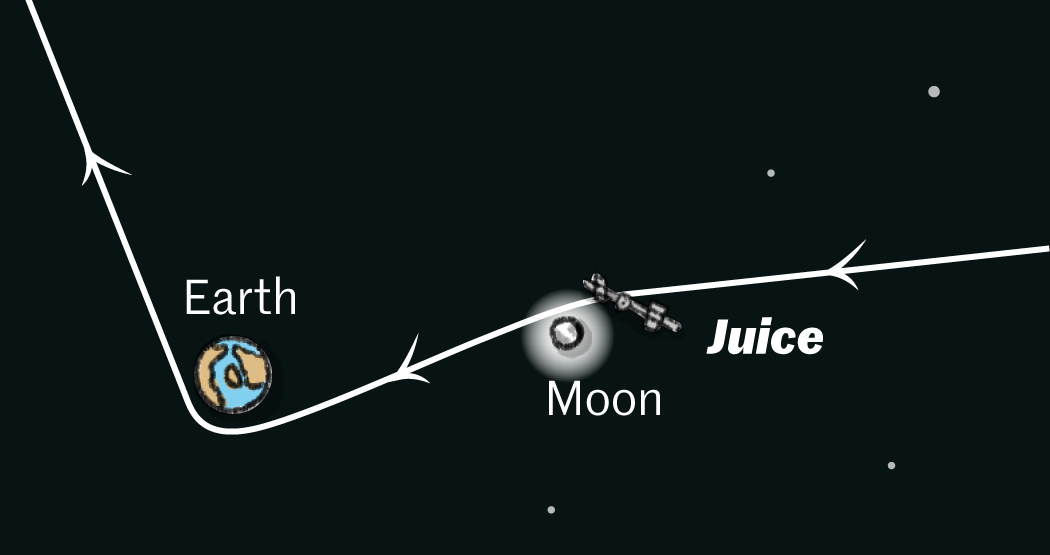
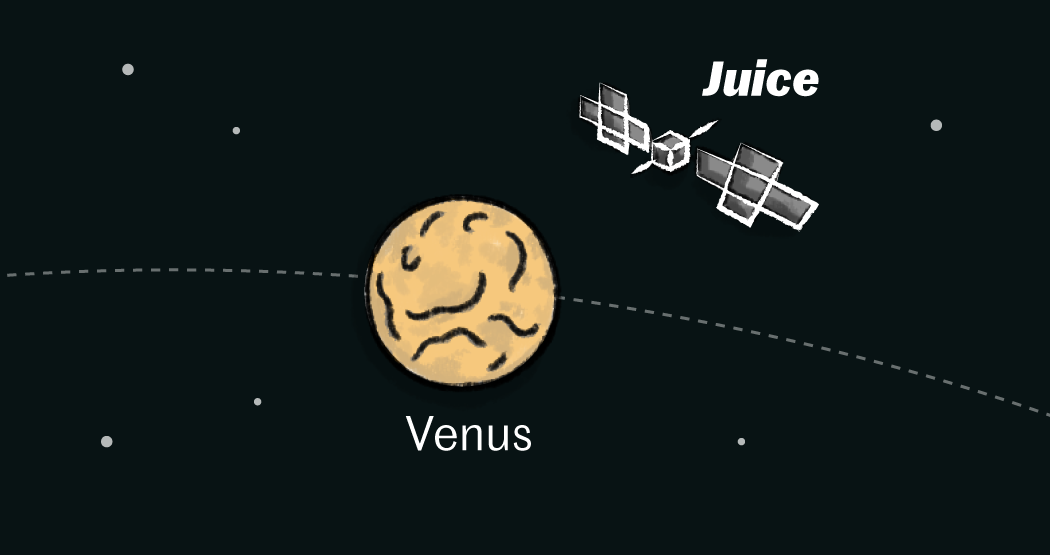 August 2025
August 2025
Flyby of Venus
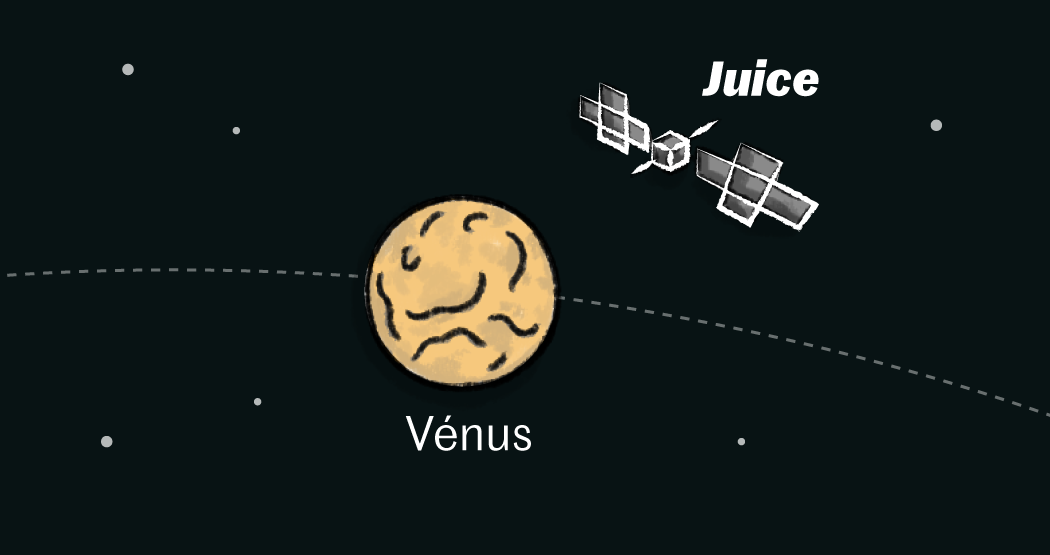
 September 2026
September 2026
Flyby of Earth
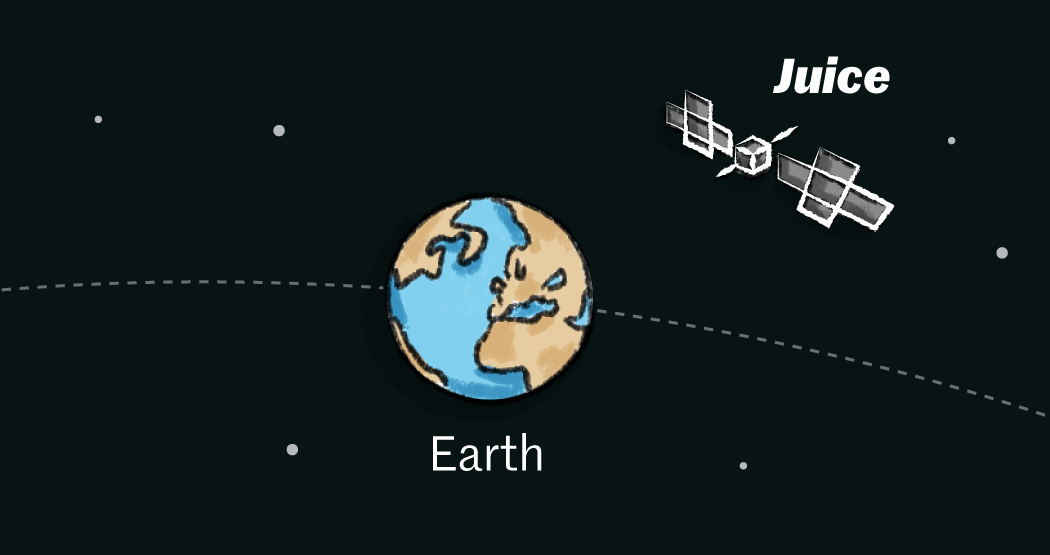
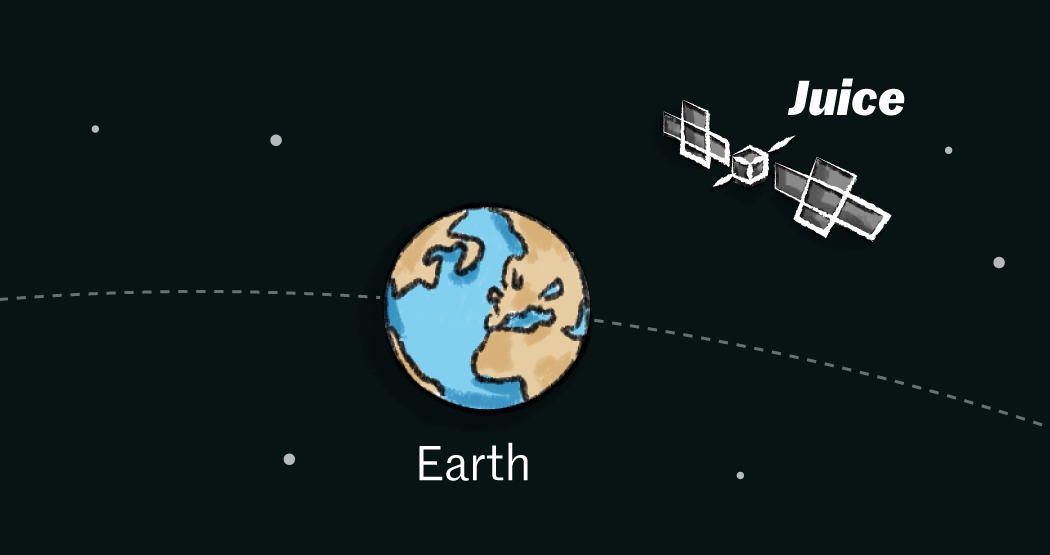 January 2029
January 2029
Last flyby of Earth and departure toward Jupiter
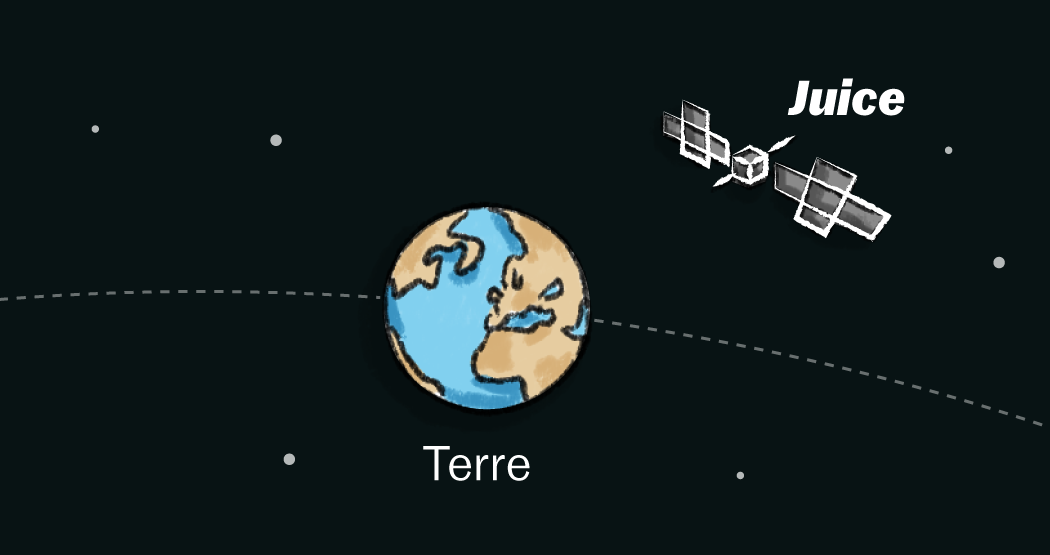
 July 2031
July 2031
Arrives at Jupiter
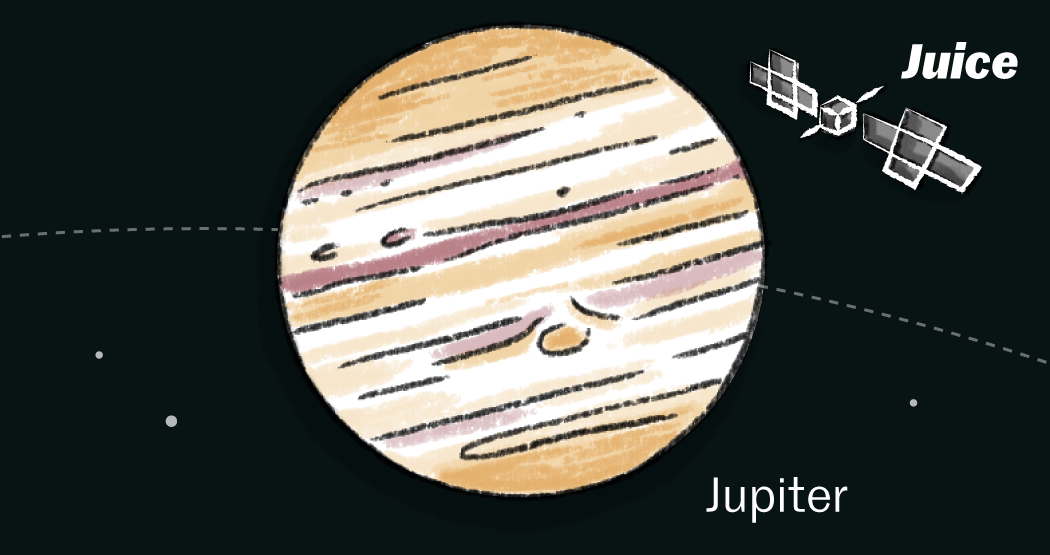
 July 2031 to November 2034
July 2031 to November 2034
Orbits Jupiter, with 35 flybys of the ice moons of Ganymede, Callisto and Europa
 From December 2034 to September 2035
From December 2034 to September 2035
Orbits around Ganymede, where Juice will crash at the end of its mission
Source: ESA
Infographic: Le Monde, Pierre Barthélémy, Audrey Lagadec
In the history of long-distance space travel, this is the first time a double Moon-Earth assist has been attempted. "Until now," said ESA mission analyst Arnaud Boutonnet, who designed Juice's trajectory, "when we did a gravity assist with Earth, the Moon was considered more as a disturbance" that had to be compensated for. This philosophy has changed completely with Juice, which will try to add up the slingshot effects provided by the Moon and the Earth to optimize its trajectory, which allows it to save fuel. An attempt made possible by the fact that navigators can now track and fine-tune the probe's trajectory before the double flyby.
Nevertheless, you have to be sure of what you're doing. As Giulio Pinzan, Juice's operations engineer, pointed out, "there is virtually no way of correcting the trajectory between the Moon and the Earth," given that there is only one day between the two flybys. Any imperfections would then be amplified to vast proportions. To illustrate it, Pinzan gave the example of a small correction made at the end of July "to bring the craft as close as possible to the ideal trajectory," which consisted of a "push" of 3.8 centimeters per second. Had they waited until after the double flyby to resume this ideal course, "the correction would have been of the order of 100 meters per second." This would have meant a considerable expenditure of fuel – the probe had 3.6 metric tons of fuel at lift-off, for a total mass of 6 metric tons.
You have 34.47% of this article left to read. The rest is for subscribers only.
